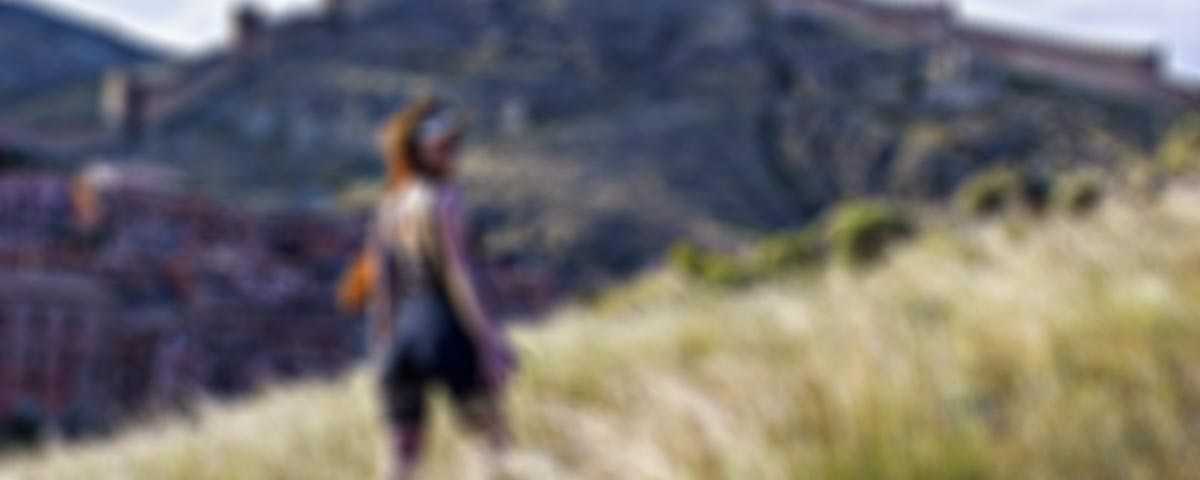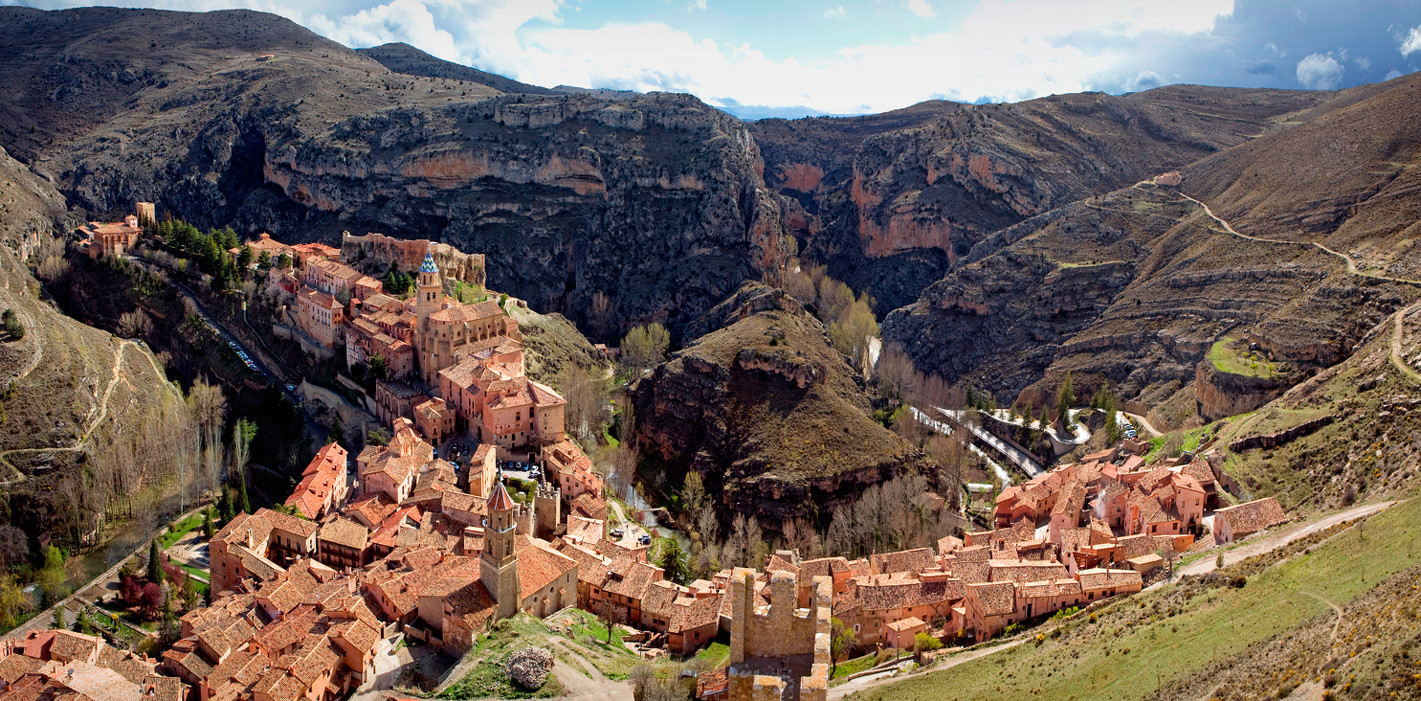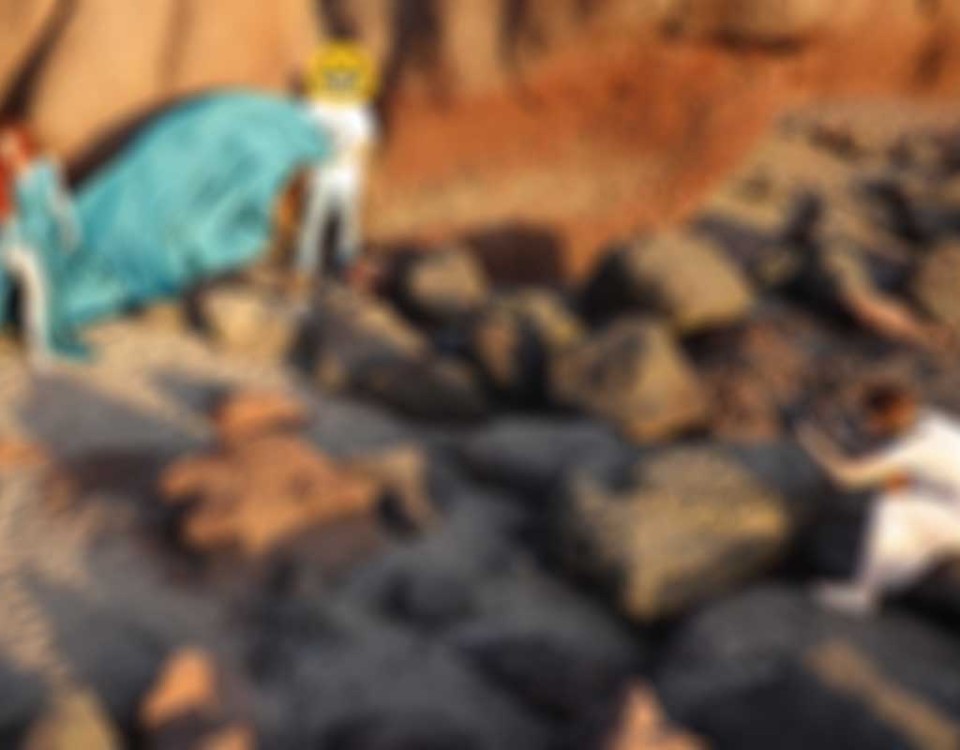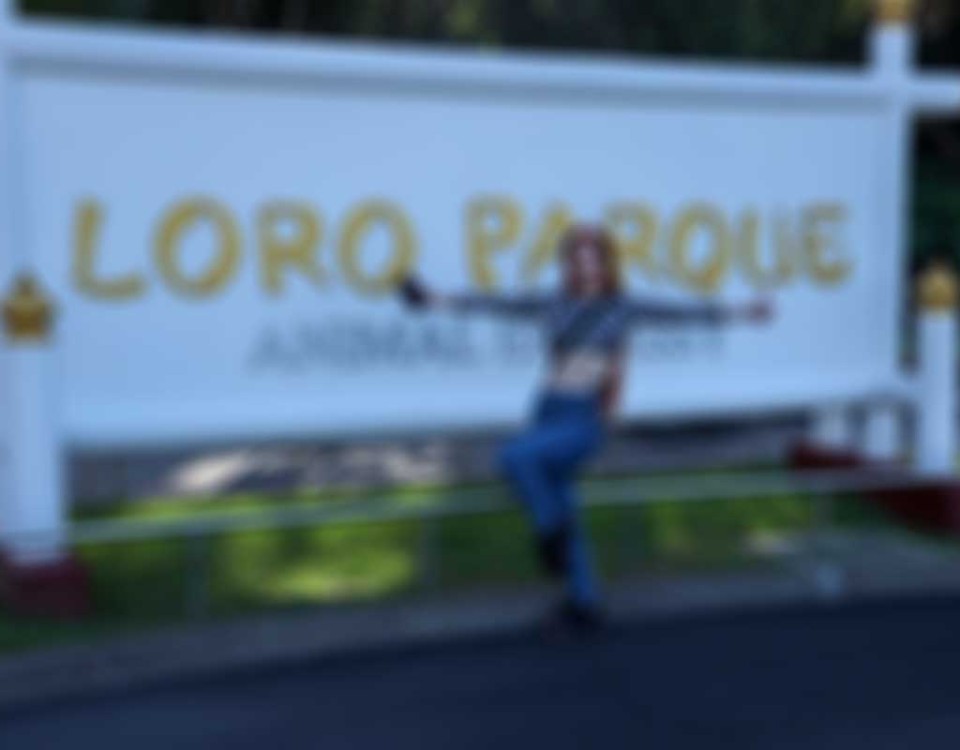
Bonalba resort
28.07.2019
My favorite swimsuit
06.08.2019Albarracín

Albarracín is a small town in the hills of east-central Spain. It is above the curve of the Guadalaviar River. Towering medieval walls, the Murallas de Albarracín, dominate the adjacent hillside. At their crest is 10th-century Andador Tower. The ruins of an alcázar, or Moorish castle, stand on a clifftop in the old town. The 16th-century Catedral del Salvador features a bell tower built on the remains of a Romanesque temple.
It is enough to stay in a city for 2 days or max 3 days. Then you will make sure that you saw everything here because it is not big. I loved walking on ruins of an alcazar wall because from here I could see all Albarracin city and also new town on the other cide, it is very beautiful to see all that.
Little coffee places are very cozy, interesting to visit because they have not just tasty food but also decorated by many little figures at the bar also will find cool written sayings on walls, also old, little things. Staff are normally friendly everywhere and I did enjoy the atmosphere.
One particular restaurant I was visiting and it was very nice, name of it is “El Coto” here food was very tasty, I even came back a second time. Plus in this city is very typical to serve lamb, trout, deer and boar meat but even more than that. On a side of a dish they always serve potatoes and egg which was very unusual for me to experience but at the same time it was very tasty.
History of Albarracín
Moors from the North of Africa came to Gibraltar land in 711 A.D. They was making they way north conquering the Christian Visigothic Kingdom of Hispania. Christian Kingdom fought back from 718 until 1492, to reconquer the Iberian peninsula. Albarracín became an important military fort at the time because of its strategic location, and after the final collapse of the Umayyad Caliphate of Córdoba in 1031, it remained independent as an Islamic kingdom (Taifa). In 1170, Pedro Ruíz de Azagra was granted lordship and the House of Azagra ruled for over 100 years as an independent territory called Señorío de Albarracín. Today, you can still see the Azagra name on signs and shops along the streets. The history is rich, marking the village with a range of cultural influences that are celebrated to this day.
Here is a list of things to do in Albarracín city:
1. Río Guadalaviar
Take a morning walk along the Guadalaviar River. As the city was built on top of a mountain, the slow-moving river circles the city below like a moat. Walk is easy as it is designed with wooden bridges that makes the journey easy.
2. La Torre de Doña Blanca & The Legend
Most villages in Spain have a legend, and Albarracín is no exception. It is aforesaid that the young princess Doña Blanca was banished from her home by her jealous sister-in-law, the Queen of Aragón. The Azagra family, the wealthy lords of Albarracín, took her in on her way to Castile and gave her comfort during her exile. One day, while taking a walk, she disappeared and was never seen alive again. Most believe she was taken prisoner and died many years later in La Torre de Doña Blanca (The Tower of Lady Blanca). It is said that her spirit still remains inside, and she only leaves on a full moon in August to take a dip in the Guadalaviar River below. This tower located inside the cemetery was restored in 2001 as a museum and cultural center with changing exhibitions. Walk to the top and you can see an extraordinary view of the buildings cascading down the mountainside, the Río Guadalaviar that surrounds the city, the northern mountains of Sierra de Albarracín and the southern mountains of Montes Universales.
3. Museo de Albarracín
Formerly a hospital and then a jail after the Spanish Civil War, this museum is presently being used to exhibit art, remains from the castle, and local artifacts.
4. El Castillo de la Ciudad
To visit the castle on the rocky bluff, you must take a private tour . The guide shares with you the history of the castle and its remains such as the former baths and salons that once existed. Today, the castle still watches over and protects the village as it did centuries ago.( I didn't do this one but must be very cool)
5. Catedral de El Salvador
Built in the 16th century during a thriving period of Albarracín history, this cathedral was designed in the typical Aragón Románico-Mudéjar style and built on the remains of an ancient Romanesque temple from the 12th century. The main chapel altarpiece sculpted by Cosme Damián Bas in 1566 represents the Transfiguration of Jesus on Mount Tabor and is one of the most important pieces of Aragonese Renaissance art.
6. La Plaza Mayor
Which is overshadowed by the Ayuntamiento (Town Hall). It's a tiny plaza where you can have fun watching the mix of locals and tourists observing each other and children playing fútbol (soccer) in the square. At the square u can also enjoy coffee or cerveza(beer) those are pretty much main drinks in Spain.7. Torre del Andador
Built in the 10th century, this tower dates back to the Moors and was once a military post. The wall was built later as a fortress to protect the city against invaders. Today, it is considered to be one of the most well-preserved in Spain and became a National Monument in 1931. It is a constant reminder of Albarracín's extraordinary history. From the base, it looks quite high, but the walk is only about 10 minutes. When at the top, you can walk along the ruins and have an exceptional view of the city. Go at sunset to see the dazzling lights from the streets below.
8. Festividad de Santa María de Oriente
In September, this is a week-long festival celebrates the saint of their village, Santa María. The entire village joins together in the town hall for an animal auction, music, and dance. They participate in sporting events as well as compete in the traditional Aragón card game, guiñote, at the local casino. Bulls run in the streets, fireworks are set off and a costume contest brings out the celebratory spirit of the villagers.





